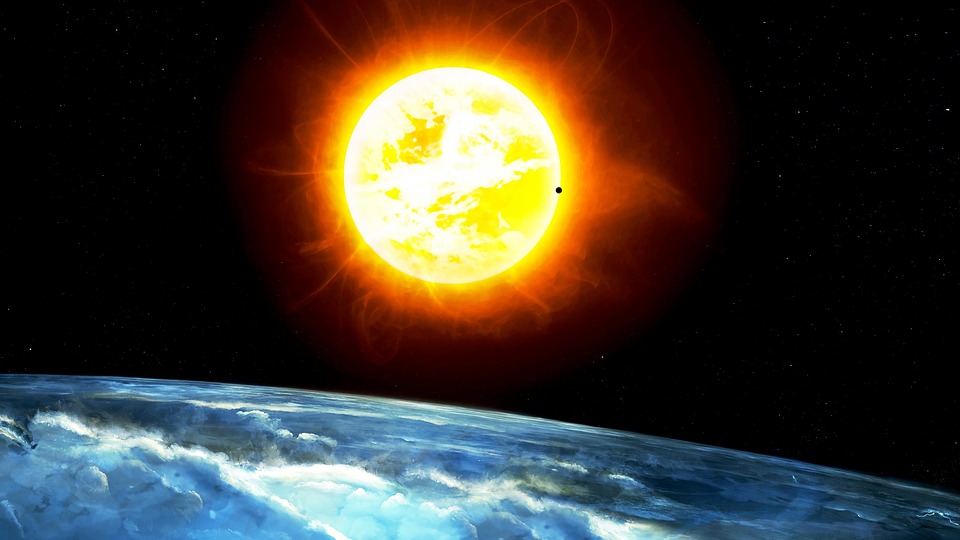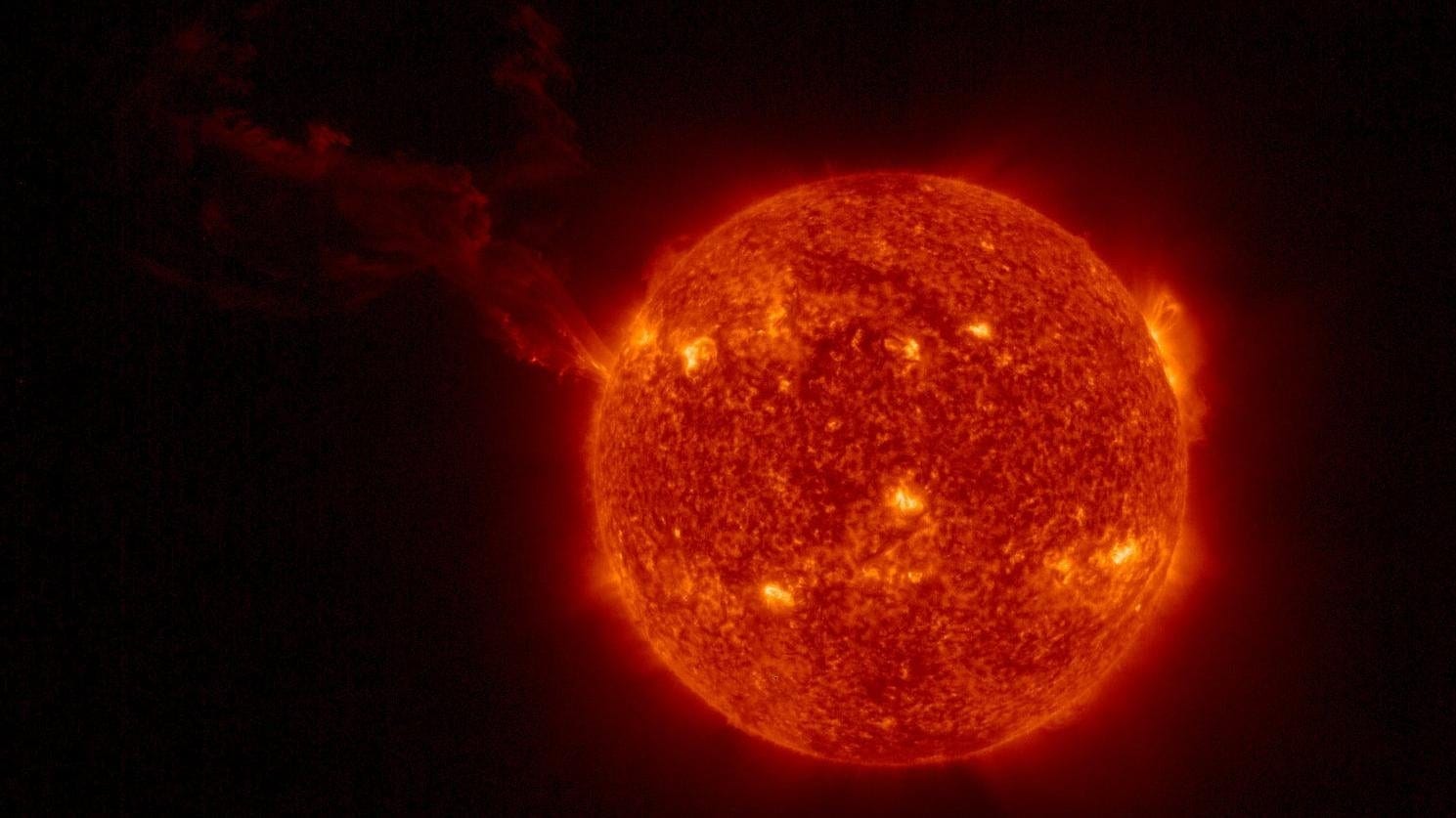Think you know our Sun? Check out THESE 5 stunning facts
How much information do you have about the Sun? NASA and other international space agencies monitor the Sun 24x7 with a fleet of spacecraft, studying everything from its atmosphere to its surface, and even peering inside the Sun using special instruments. Here are some details about the Sun you need to know.









First Published Date: 26 Aug, 18:42 IST
Tags:
sun
NEXT ARTICLE BEGINS




























